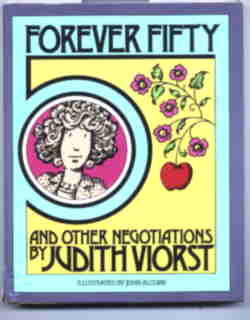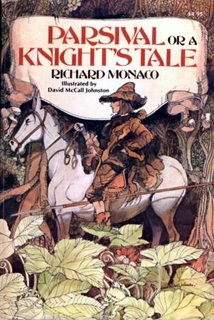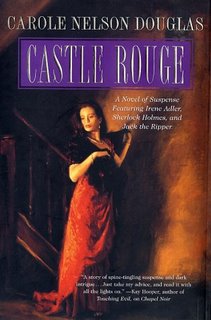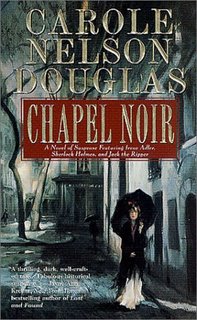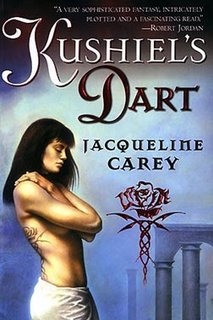
I Love [heart symbol] Lord Buddha. Hillary Raphael
The setting for I Love Lord Buddha is the hostess bars of Tokyo in 1997. The main characters are western hostesses who spend their nights socializing and drinking with men in these bars. Amongst them is a charismatic leader from New York who takes the name HIYOKO and starts recruiting these displaced women into a new-Buddhist group called the Neo-Geisha Organization. Reinterpreting Buddhist philosophy through her cultish mind, HIYOKO plans for a cataclysmic event that will shake humanity into exercising Buddhist values so as to avoid a larger global catastrophy. It is a lively story with lots of sex, drugs, and Buddhist theory, which portrays the lack of spiritual values in modern commercial Tokyo.
The plot unfolds as HIYOKO's cousin Heidi Peterson, a sociology grad student from the States, arrives and starts doing her research on the Neo-Geishas and their enigmatic leader. It takes the form of Heidi's notes, interviews, police reports, and pages from various documents following each other in brief chapters, many only one page long.
Fast pacing and an interesting structure give the novel a unique look and feel. Very little is capitalized. which makes reading a bit hard since the break between sentences is only the tiny period. Without a leading capital letter new sentences can be hard to find at times. However this typographic style contrasts well with the fact that HIYOKO is always in all caps.
Well written and plotted the novel does a good job of creating the world of the characters and the moral dilemma of our times.


